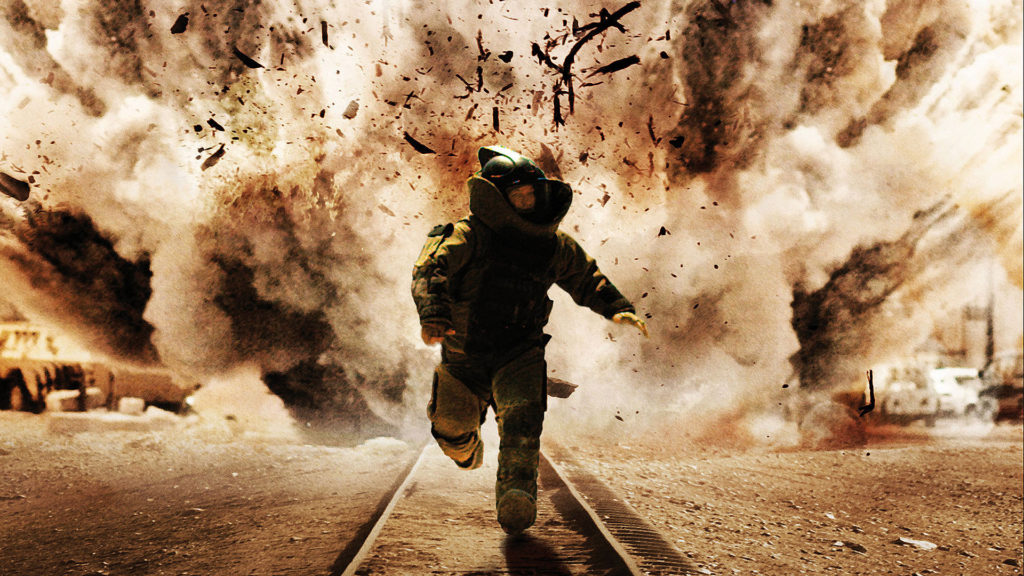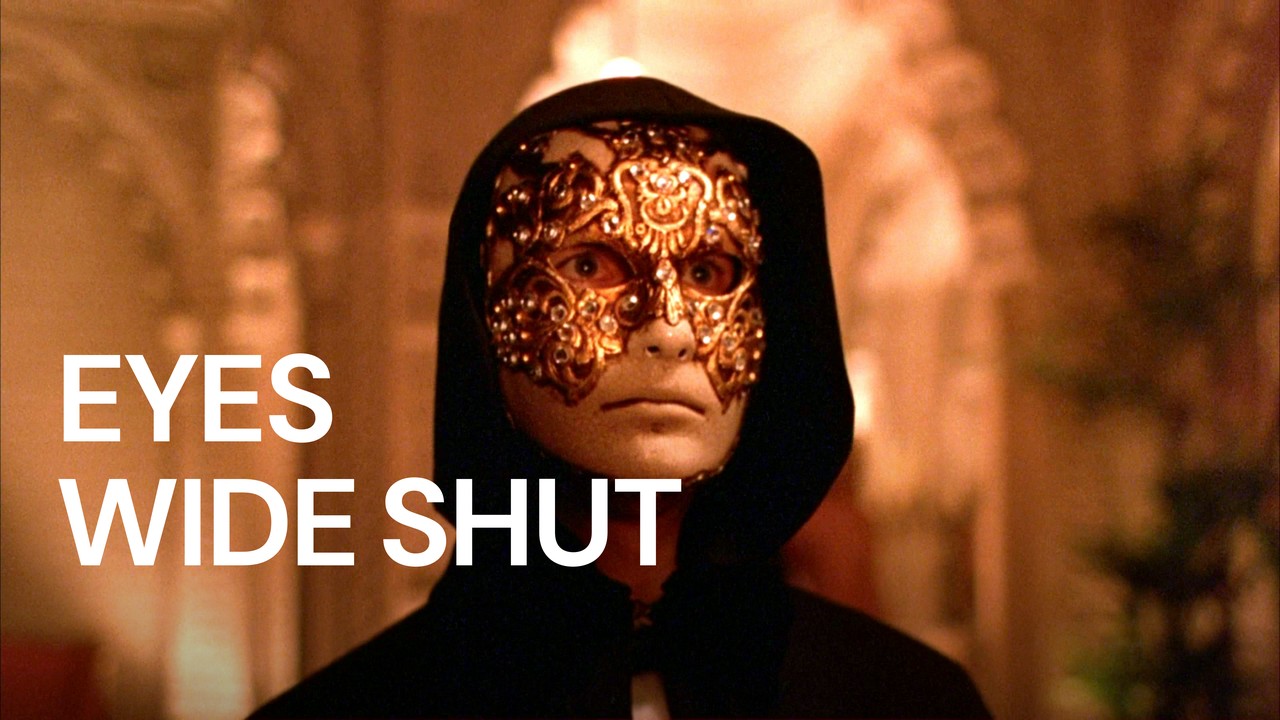The Hurt Locker – A Gripping, Unflinching Look at the Psychology of War
Kathryn Bigelow’s The Hurt Locker (2008) is a visceral, tightly wound war drama that strips away the politics of conflict and zeroes in on the adrenaline, fear, and chaos experienced by those on the ground. Set during the Iraq War, the film follows a bomb disposal unit as they navigate life-threatening missions in a volatile environment, confronting not just the danger of explosives, but the psychological toll of war itself. With its immersive direction and raw performances, The Hurt Locker became a critical triumph, winning six Academy Awards including Best Picture and Best Director — the latter making Bigelow the first woman to ever win in that category.
At the center of the story is Staff Sergeant William James (played by Jeremy Renner in a breakout performance), an expert bomb technician who joins Bravo Company after the death of their previous team leader. Unlike his by-the-book colleagues, James is reckless, instinct-driven, and seemingly addicted to the thrill of danger. As he disarms increasingly complex IEDs (Improvised Explosive Devices) scattered throughout Baghdad, the film explores his complex relationship with both fear and control.

Renner delivers a mesmerizing portrayal of a soldier who is both heroic and self-destructive. James is not motivated by patriotism or revenge — he’s driven by a need to face death head-on. His addiction to war is subtle yet consuming, and the film never glorifies his bravery without questioning its cost. Alongside him, Sergeant JT Sanborn (Anthony Mackie) serves as a counterbalance — methodical, disciplined, and disturbed by James’ cavalier attitude. Their dynamic becomes the emotional and moral heart of the film, portraying the strain that war places on brotherhood and trust.
What makes The Hurt Locker unique is its unrelenting sense of realism. Bigelow opts for a documentary-style approach, with handheld camerawork and tight, suffocating shots that place the audience right in the middle of each bomb threat. Every mission is a study in tension — the ticking of a timer, the unpredictable behavior of bystanders, the sweat and panic of soldiers unsure whether they’ll make it out alive. There are no grand speeches or sweeping scores — just the sound of breathing, static, and distant gunfire.
The film also explores the disorienting contrast between war and civilian life. In one haunting sequence, James returns home to the United States, only to find himself disconnected and numb. A simple trip to the grocery store overwhelms him more than any combat mission. This moment underscores one of the film’s central themes: for some soldiers, the battlefield becomes the only place that feels real. Home, in comparison, is alien.

Unlike traditional war films, The Hurt Locker avoids overt political commentary. It doesn’t argue for or against the Iraq War — instead, it humanizes the soldiers caught in the middle. It focuses on the personal cost of warfare, the seductive pull of adrenaline, and the psychological scars that remain long after the battle ends.
Ultimately, The Hurt Locker is a powerful and unflinching portrayal of modern warfare — not just its violence, but its emotional complexity. It is intense, intimate, and deeply unsettling, offering no easy answers, only haunting questions about what it means to survive — and what one becomes in the process.



